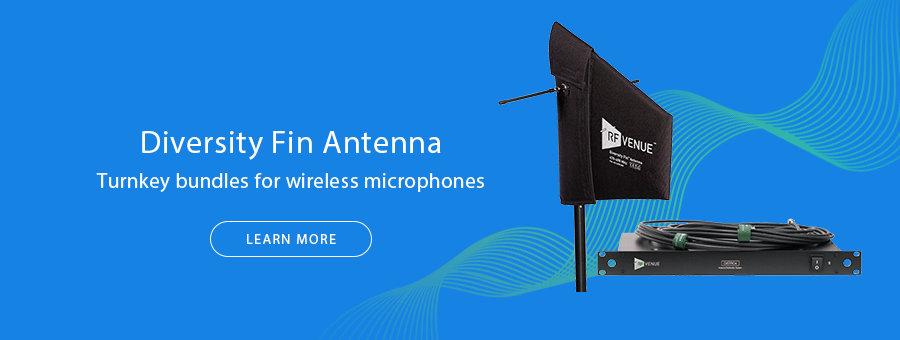- Products
- All Products
- RF PA Extension Kit
- Wireless Microphone Upgrade Packs
- In-Ear Monitor Upgrade Packs
- Wireless Microphone Antennas
- Wireless In-Ear Monitor Antennas
- Antenna Distribution for Microphones
- Antenna Combiners for In-Ear Monitors
- Multi-Zone Antenna Combiners
- Spectrum Tools
- Accessories, Cables and Parts
- Solutions by Venue
- Resources & Training
- Performance Tools
- About Us
"You have to use this antenna or that distro because these new wireless mics are... digital"
.png?width=530&name=image%20(1).png)
You may be confused by all the claims going around as to whether you need different antennas and antenna distribution systems to work with your digital wireless mic system. This is a question we hear all the time, and more so now that new more affordable digital wireless mics are coming on the market.
In order to prove that let’s take a look at what antennas actually do as a part of your system:
Antennas are transducers that change electrical signals into radio waves (RF) or convert radio waves into electrical signals depending on whether you are transmitting or receiving. The same antenna can both transmit or receive, a function known as reciprocity. This is similar to what other transducers such as microphones and speakers do converting sound waves into electrical signals.
RF is part of the electromagnetic spectrum
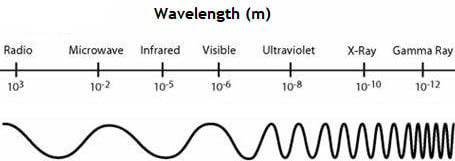
Radio waves are a type of electromagnetic radiation similar to microwaves, infrared, visible light, x-rays and gamma rays. The primary difference among these types of electromagnetic radiation is their wavelength. Radio waves are on the lower frequency (longer wavelength) range of these types of radiation.
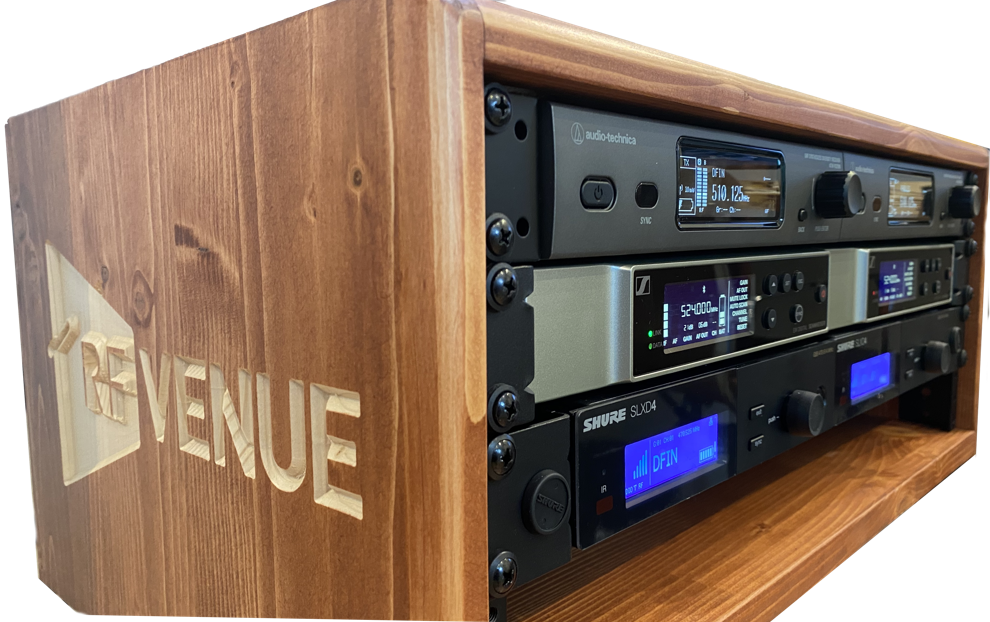
RF Venue antennas and antenna distribution systems are compatible with analog and digital wireless mic systems. Shown here: Audio-Technica 3000 series analog, Sennheiser EW-D and Shure SLXD series digital wireless
So here's where everybody gets confused:
Strictly speaking there is no such thing as “digital wireless"
1. All wireless microphone systems broadcast using a transmitter
that generates an analog RF carrier wave
2. The method of transmission is the same for analog and “digital wireless" mics
in that they add the audio signal to the carrier wave by modulating it
3. It is the specific method of this modulation that creates an “analog” or a
“digital” wireless mic in marketing terms
“Analog” wireless mics use FM modulation so the width of the transmitted wave varies according to the frequency and intensity of the signal being imposed on it. To somewhat simplify, “digital” encoding of the carrier imposes pulses onto the carrier (ones and zeros) and then decodes that on the receiving end to create audio. There are other benefits to this approach, such as digital AES encryption of a wireless mic, and narrower carrier frequencies to squeeze more channels into less RF spectrum.
So, do I need a different antenna for each? Both the short and long answer is NO.
The same antenna works just the way it should for both analog and digital. In fact you can mix both at the same time on both your antenna and your antenna distribution system since they are just seeing different modulations of a carrier.
Think of it this way … if you were designing a PA system, do you need a different mic and speaker system depending on the language someone speaks, or can you use the same mic for different languages? 😎
Tag(s):
Don Boomer
Don Boomer is Senior applications engineer at RF Venue. He has worked in R&D in the past for Peavey, Sabine and Line 6 and his rock band from his high school days has a song in the Rock n Roll Hall of Fame
More from the blog
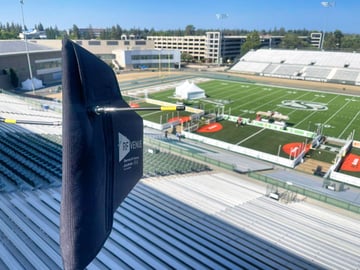
4 ZONE
Sacramento Production Services deploys RF Venue CP Stage antennas at Sutter Health Park
8 min read
| June 6, 2025
Read More

CP Beam Antenna
Antenna Polarization (not a trip to the Arctic)
5 min read
| October 19, 2018
Read More
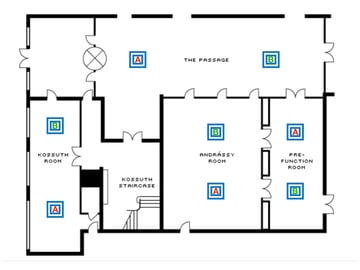
Multi-Zone Antenna Systems - Coverage Everywhere
4 min read
| September 26, 2018
Read More
Subscribe to email updates
Stay up-to-date on what's happening at this blog and get additional content about the benefits of subscribing.

